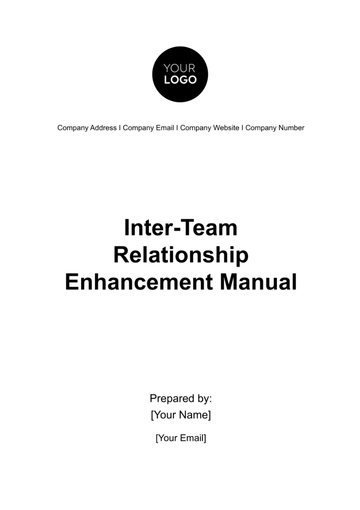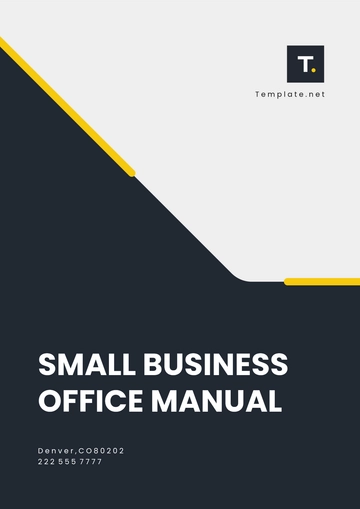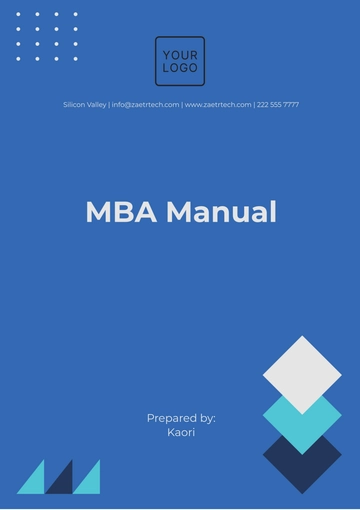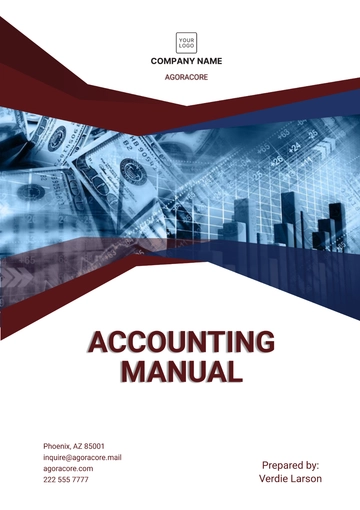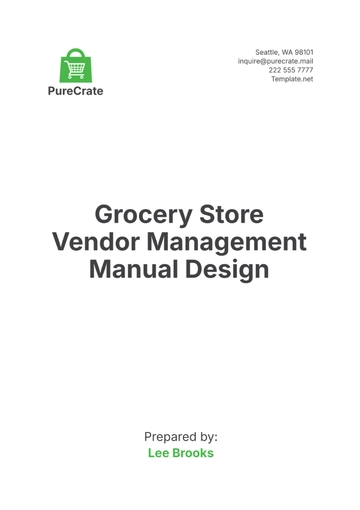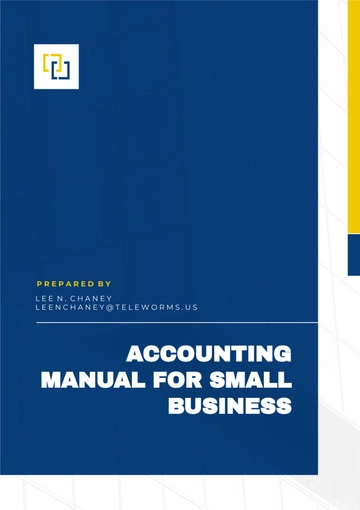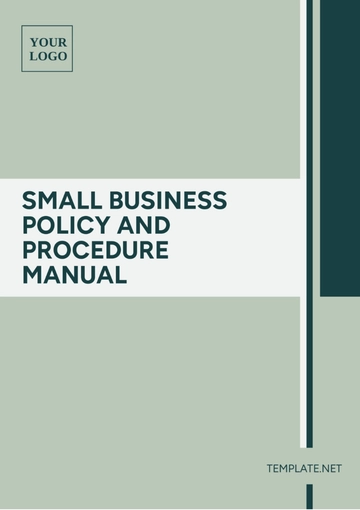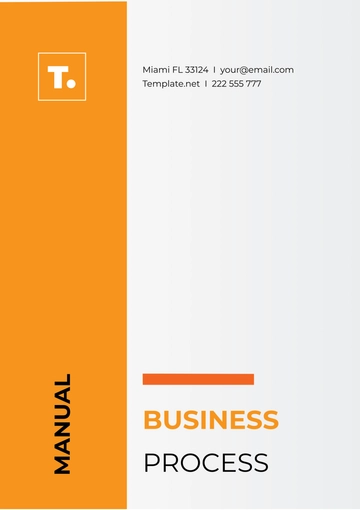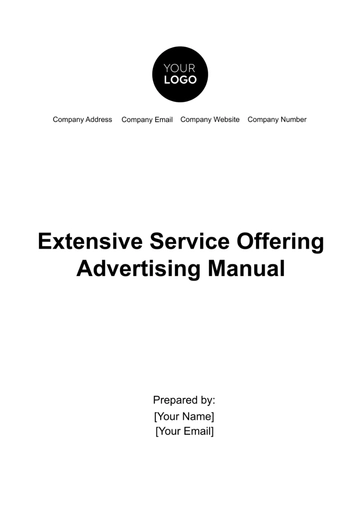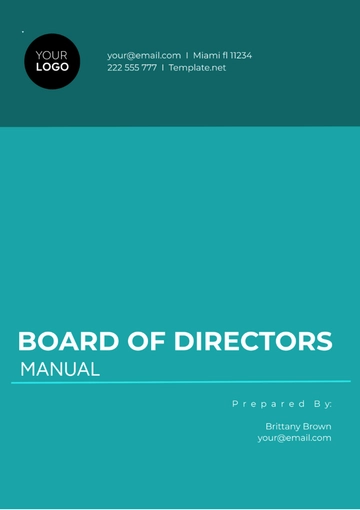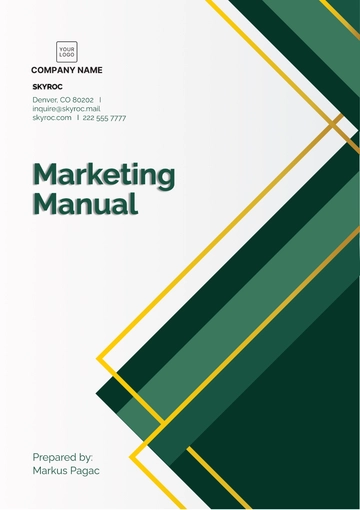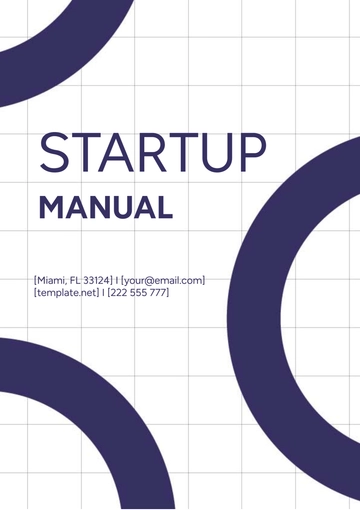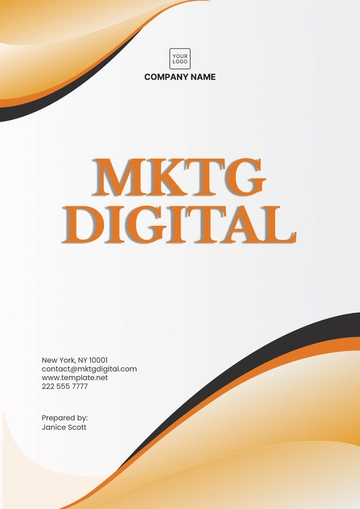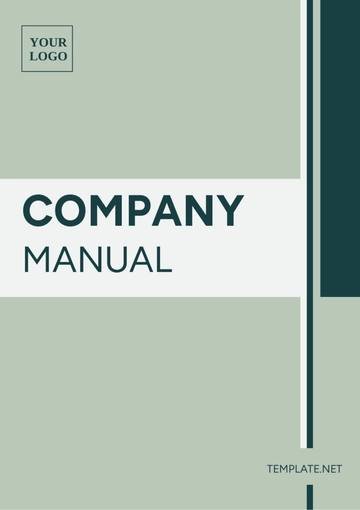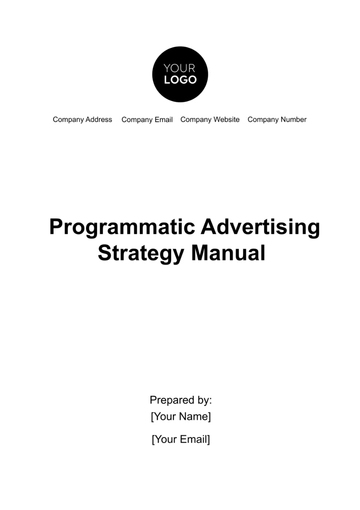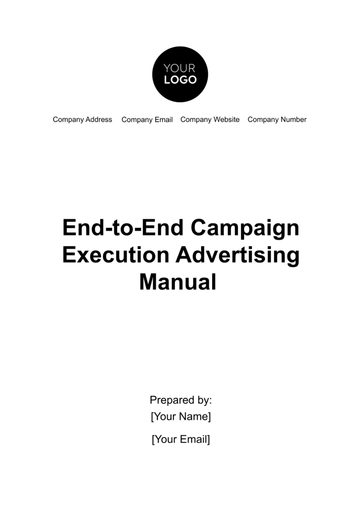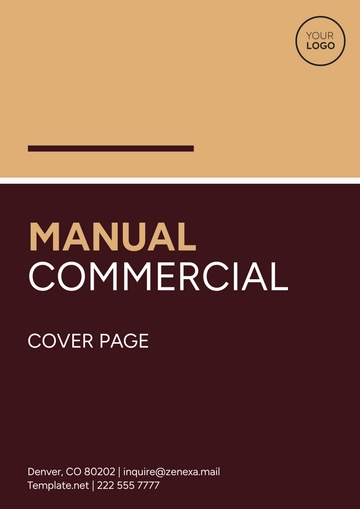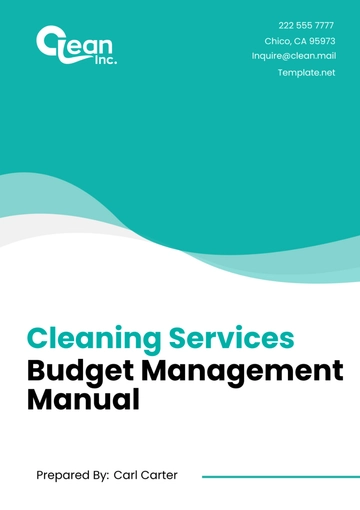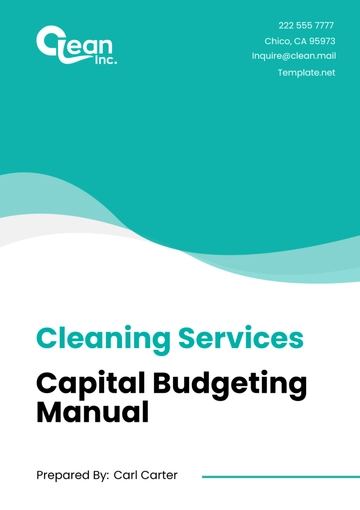Free Advertising Pricing Strategy Manual
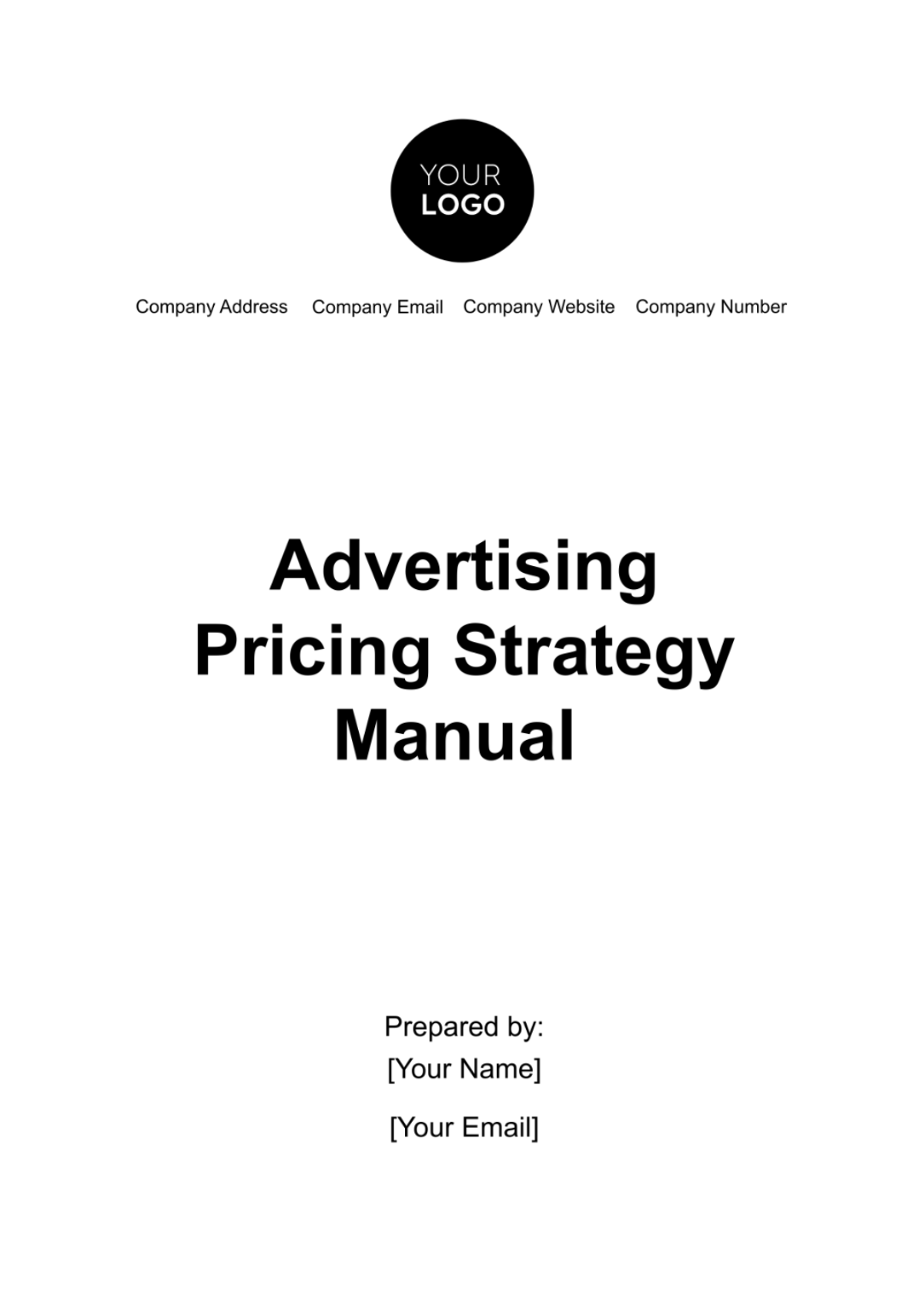
I. Introduction
The pricing strategy at [Your Company Name] is a critical component of our business model. It reflects our commitment to providing exceptional value to our clients while maintaining a sustainable and profitable operation. This manual presents a comprehensive overview of our pricing policies, methodologies, and structures.
A. Pricing Philosophy
Our pricing philosophy is anchored in fairness, transparency, and adaptability. We believe that a clear and fair pricing structure creates trust with our clients and reflects the quality and value of our services. By being transparent about our pricing, we highly encourage informed decision-making among our clients and maintain a high standard of integrity in our operations.
B. Strategic Objectives
The strategic objectives behind our pricing strategy include:
Maximizing Client Satisfaction: Ensuring our services are priced to deliver maximum value and satisfaction to our clients.
Competitive Positioning: Aligning our prices with market trends and competitive benchmarks to ensure we remain a preferred choice in the advertising industry.
Financial Sustainability: Setting prices that not only cover costs but also generate a healthy profit margin to fuel growth and innovation.
Flexibility and Customization: Offering flexible pricing models that can be customized to meet the diverse needs and budgets of our clients.
This manual outlines the various pricing models we employ, along with examples and guidelines for implementation. Our approach is designed to be dynamic, adapting to changing market conditions and client feedback.
II. Pricing Models
We have employed a wide range of pricing models to accommodate the varying needs of our clients and the dynamic nature of advertising projects. Each model is designed with specific client scenarios and project types in mind, guaranteeing a tailored and unique approach to pricing.
A. Cost-Plus Pricing
This model involves setting prices by adding a fixed percentage markup to the direct costs of service delivery. It ensures transparency in pricing and covers all incurred costs. This model is ideal for projects with predictable costs, such as standard advertising campaigns or routine marketing services. It offers clients clarity on how their fees are determined. An advantage to this method is that it is easy to calculate and explain to clients, though it may not reflect the market value of high-value, creative work.
B. Value-Based Pricing
Prices are determined by the perceived or estimated value of the services to the client, rather than direct costs. This model recognizes the unique benefits and outcomes that our services provide. This is suitable for high-impact campaigns, brand launches, or unique creative projects where the client gains significant value. Additionally, this aligns price with client's perceived value and potential for higher profitability. The limitations to this model require a deep understanding of our client's business and value perception.
C. Performance-Based Pricing
In this model, our fees are directly linked to the results or performance metrics achieved by the campaign. It aligns our interests with those of the client, as higher performance leads to higher fees. This is best for our clients focused on specific, measurable outcomes like sales growth, lead generation, or website traffic increase. This model is very highly motivating for both parties and transparent. Though this will require clear, measurable performance indicators; risk of non-payment for effort if goals are not met.
D. Tiered Pricing
Offering different levels of service at different price points. Each tier offers a varying degree of features, allowing clients to choose based on their needs and budget. This is best suited for a wide range of clients, from small businesses to large corporations, providing flexibility and scalability. As it caters to a broad market with clear differentiation of service levels, this model may require more complex management to maintain different service tiers.
E. Custom Pricing
Tailoring pricing entirely based on the specific needs, scope, and scale of the client’s project. It involves detailed consultation and customization. This model is suitable for large-scale or highly unique advertising projects where standard models do not apply. This model is also highly personalized and maximizes client satisfaction and value. The downside is that it is time-consuming and requires in-depth analysis and negotiation.
III. Pricing Tables
The following tables provide illustrative examples of how our pricing models can be applied in various scenarios. These tables are only samples and serve to demonstrate the structure and calculation methods for each pricing model.
A. Cost-Plus Pricing
This table illustrates a simple breakdown of costs for a typical advertising project.
Cost Item | Cost | Markup |
|---|---|---|
Creative Design | $1,500 | 20% |
Media Buying | $3,000 | 15% |
Campaign Analysis | $750 | 25% |
Production Costs | $2,000 | 20% |
B. Value-Based Pricing
This table demonstrates how pricing might be structured for projects of varying perceived value to the client.
Campaign Type | Estimated Value | Price |
|---|---|---|
Brand Launch | $100,000 | $20,000 |
Product Promotion | $50,000 | $10,000 |
Social Media Campaign | $25,000 | $5,000 |
Event Coverage | $40,000 | $8,000 |
C. Performance-Based Pricing
Here, prices are determined by specific performance metrics achieved through the advertising campaign.
Metric | Base Fee | Success Fee |
|---|---|---|
Sales Increase | $2,000 | $100 |
Leads Generated | $1,000 | $20 |
Website Traffic | $1,500 | $100 |
D. Tiered Pricing
This table offers a clear distinction between different service levels, each with its corresponding set of features and pricing.
Tier | Price | Feature |
|---|---|---|
Basic | $3,000 | Standard Campaign |
Professional | $6,000 | Enhanced Campaign |
Platinum | $10,000 | Full-Service Campaign |
E. Custom Pricing
Custom pricing depends heavily on the specific requirements and scope of the project. Here is a hypothetical scenario:
Project Scope | Details | Price Estimate |
|---|---|---|
Large-scale Branding Campaign | Inclusive of market research and detailed performance analytics | $50,000 |
These tables are meant to provide a framework for understanding our pricing structures at [Your Company Name]. Actual prices will vary based on the specific needs and circumstances of each client and project.
IV. Adjusting Prices
Adjusting prices is an essential aspect of maintaining a competitive and responsive pricing strategy. At [Your Company Name], we follow a structured process for reviewing and modifying our pricing to reflect various internal and external factors.
A. Periodic Review Process
Frequency of Review: We conduct a thorough review of our pricing models on a quarterly basis. This regular interval allows us to stay agile and responsive to market shifts while maintaining consistency for our clients.
Data-Driven Analysis: Our adjustments are grounded in empirical data. We analyze a wide range of metrics including market research findings, client satisfaction scores, and our financial performance indicators. This analysis provides a holistic view of our pricing effectiveness.
Competitive Benchmarking: We regularly compare our pricing with those of our competitors. This not only includes direct pricing comparisons but also the analysis of value propositions, service packages, and client perceptions in the broader advertising market.
B. Factors Influencing Price Adjustments
Market Conditions: We monitor trends in advertising, such as emerging platforms, shifts in consumer behavior, and economic indicators, to ensure our pricing reflects current market dynamics.
Cost Variations: Operational costs are subject to change due to factors like inflation, changes in vendor pricing, or technology upgrades. We adjust our pricing to reflect these cost variations while ensuring value for our clients.
Client Feedback and Satisfaction: Client insights are invaluable in shaping our pricing. Through surveys, direct feedback, and client engagement metrics, we gauge how our pricing aligns with client expectations and perceived value.
Regulatory Changes: Compliance with industry regulations and legal requirements is paramount. Any regulatory changes that might influence our operating costs or contractual obligations are carefully considered in our pricing adjustments.
C. Implementation of Price Changes
Transparent Communication: We commit to clear and timely communication with our clients regarding any pricing changes. This includes providing rationales for changes and highlighting the added value or benefits.
Phased Implementation: To minimize disruption, significant pricing adjustments are introduced gradually. This approach allows our clients to plan and adjust their budgets accordingly.
Customized Client Solutions: Recognizing the diversity of our client base, we offer tailored solutions and pricing adjustments to address individual client needs, particularly for our long-standing clients.
D. Monitoring and Feedback
Post-Adjustment Review: After implementing new pricing structures, we closely monitor various metrics such as client acquisition rates, retention patterns, and overall satisfaction levels. This helps us assess the impact and efficacy of our pricing adjustments.
Continuous Feedback Loop: We maintain continuous engagement with our clients to gather feedback on our pricing. This ongoing dialogue ensures that our pricing strategy remains aligned with client needs and market realities.
V. Special Pricing Considerations
In addition to our standard pricing models and adjustment strategies, [Your Company Name] also considers several special pricing scenarios to address unique market situations and client needs. This section outlines these scenarios and our approach to managing them.
A. Seasonal and Promotional Pricing:
Adjusting prices during certain times of the year to align with seasonal market trends or promotional events.
Application: Employed during peak advertising periods like holidays, or during industry events where promotional pricing may attract new clients.
Strategy: Careful planning to ensure promotional pricing still meets profitability goals while offering attractive deals to clients.
B. Volume Discounts:
Offering discounts to clients who commit to large-volume or long-term projects.
Application: Useful for fostering long-term relationships and securing larger contracts.
Strategy: Structuring discounts in a way that incentivizes higher volume without significantly impacting profit margins.
C. Loyalty Pricing:
Implementing pricing benefits for long-standing clients as a token of appreciation for their loyalty.
Application: Aimed at retaining existing clients and nurturing ongoing relationships.
Strategy: Tailored discount rates or special service offerings that acknowledge the client's continued business without undercutting market rates.
D. Emergency and Rush Job Pricing:
Implementing premium pricing for projects that require rapid turnaround or intervention outside of normal business operations.
Application: Used for urgent client requests that demand immediate attention and resources.
Strategy: Pricing these services higher to account for the additional resources and effort required, while ensuring transparency with clients about the reasons for these premiums.
E. Non-Profit and Social Enterprise Discounts:
Offering reduced pricing for non-profit organizations and social enterprises as part of our corporate social responsibility.
Application: Supporting organizations that have a positive impact on society but may have limited budgets for advertising.
Strategy: Carefully balanced to maintain financial sustainability while contributing to social causes.
VI. Conclusion
At [Your Company Name], our pricing strategy is dynamic and client-centric, ensuring that we provide value while maintaining a competitive edge in the market. This manual should be used as a guideline for setting and negotiating prices with clients.
- 100% Customizable, free editor
- Access 1 Million+ Templates, photo’s & graphics
- Download or share as a template
- Click and replace photos, graphics, text, backgrounds
- Resize, crop, AI write & more
- Access advanced editor
Map out the spending and profiting plans with the use of our Advertising Pricing Strategy Manual Template! Serving as a guide for developing effective pricing strategies in advertising, this handy template provides a structured approach to pricing, helping businesses maximize profitability and market competitiveness. The template is now customizable and editable using an Ai Editor Tool.
